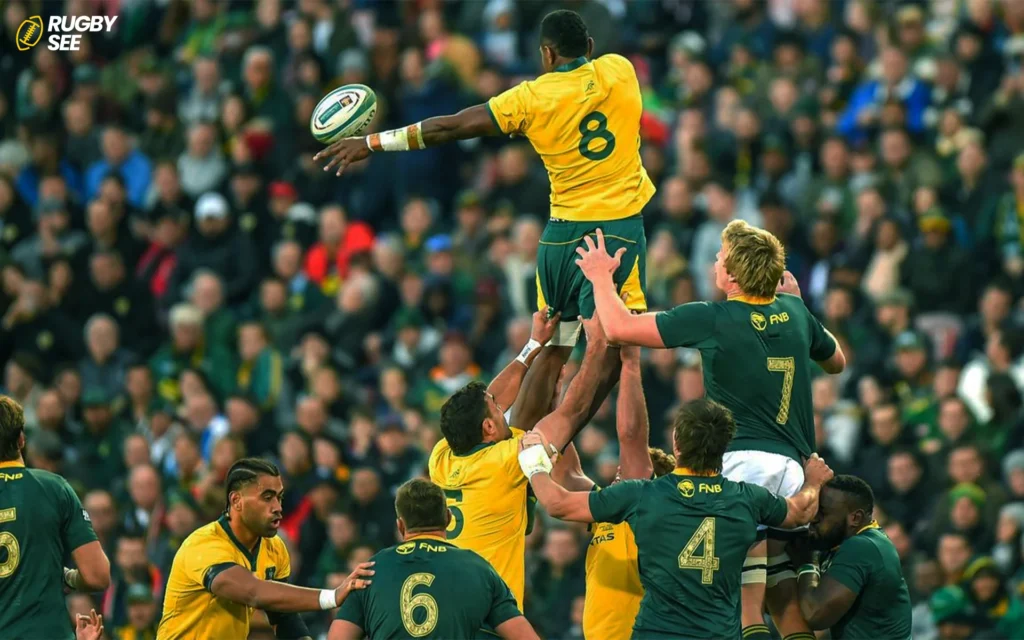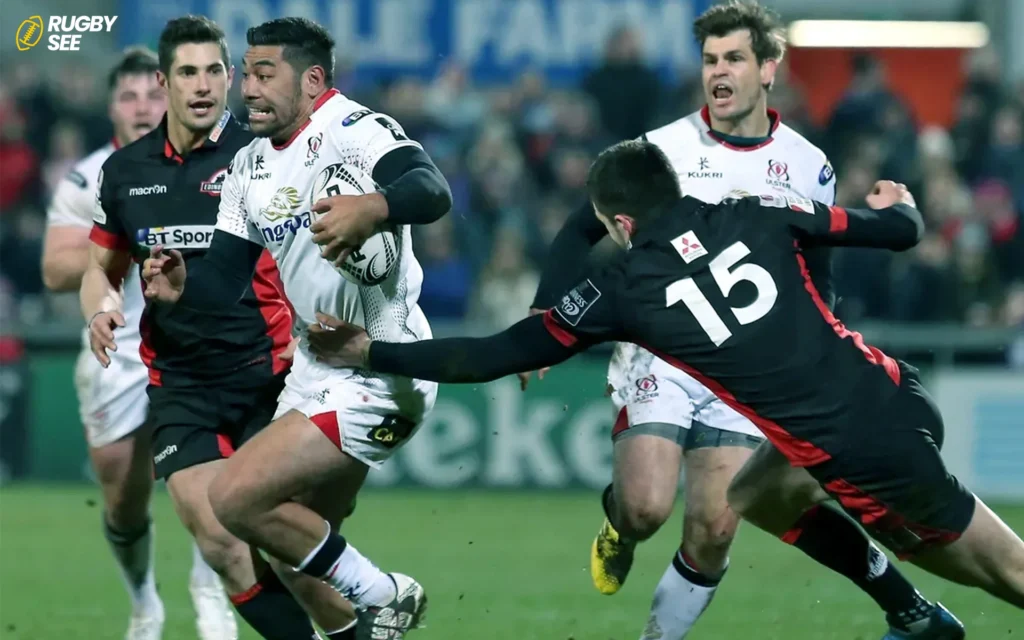Rugby Union is a sport known for being inclusive, offering a place for people of all shapes, sizes and skill sets. Whether you are quick or agile, strong or strong, strategic or tactical, there is a position for you on the rugby field. Rugbysee This guide will help you understand the different positions in rugby union, their roles and what makes them the best player, and help you find the right position for your rugby journey.
Understanding the Rugby Union Team Structure
A rugby union team is made up of 15 players, divided into two main groups: the forwards (jersey numbers 1-8) and the backs (jersey numbers 9-15). Each group has distinct responsibilities that require different physical and mental attributes.
The Forwards: The Powerhouse of the Team
1. Prop (1 and 3)
- Role: Provide stability in the scrum, support the hooker in lineouts.
- Attributes: Strong, powerful, with a solid build.
- Ideal for: Individuals who are strong and relish physical contests.

2. Hooker (2)
- Role: Win possession in scrums, throw the ball in lineouts.
- Attributes: Tough, agile, with good hand-eye coordination.
- Ideal for: Combative players who enjoy being at the heart of the action.
3. Lock (4 and 5)
- Role: Key players in the lineout, providing height and strength.
- Attributes: Tall, strong, with good jumping ability.
- Ideal for: Taller individuals who can combine strength with aerial skills.
4. Flanker (6 and 7)
- Role: Disrupt opposition ball, link forwards and backs.
- Attributes: Fast, strong, with excellent tackling skills.
- Ideal for: Dynamic players who excel in open play.
5. Number Eight (8)
- Role: Control the ball at the back of the scrum, carry ball forward.
- Attributes: Powerful runner, good ball-handling skills.
- Ideal for: Versatile players who can combine strength with skill.

The Backs: The Speed and Strategy
1. Scrum-Half (9)
- Role: Distribute the ball from the base of the scrum or ruck.
- Attributes: Quick thinker, agile, with good passing skills.
- Ideal for: Players who can make quick decisions and have sharp reflexes.
2. Fly-Half (10)
- Role: Direct the game, key decision-maker.
- Attributes: Tactical awareness, good kicking and passing skills.
- Ideal for: Strategic thinkers with good all-around skills.
3. Centre (12 and 13)
- Role: Break through the opposition defense, tackle opposing backs.
- Attributes: Strong, fast, with good handling skills.
- Ideal for: Agile players who can combine speed with power.
4. Wing (11 and 14)
- Role: Score tries, use speed to exploit space.
- Attributes: Exceptional speed, good finishing skills.
- Ideal for: Fast runners with the ability to evade tackles.
5. Fullback (15)
- Role: Last line of defense, counter-attack from deep.
- Attributes: Good under high balls, strong kicking game.
- Ideal for: Players with good anticipation and spatial awareness.

Finding Your Fit
Choosing the right position in rugby union is about more than just physical attributes; it’s about finding where you feel most comfortable and effective on the field. Consider what aspects of the game you enjoy most, your current skill set, and where you think you can contribute best to the team’s success.in this article you knew all about Union Rugby and if you want to know Why Did Rugby Union and League Split? read Why Did Rugby Union and League Split? A Deep Dive into History and Rugby Union vs Rugby League: A Comparative Look at Popularity.
Different situations lead to data renaming and most of them with different names if they are different. Players in wing positions are initially referred to as “wing-forwards”, while at the back, “middle three-quarters” and “wing three-quarters” are used to describe center and free, respectively. In the northern hemisphere, the names used by rugby around the world indicate the use of the northern hemisphere. in ireland In New Zealand scrum-half is still referred to as “half-back”, fly-half as “first five-eighth”, inside center is called “second five-eighth” and outside center is simply referred to as “centre”. In America and Canada, the number 8 can be called “8-man”.
Collective terms are also used to describe similar conditions, while tools and hooks are combined to form “front row”, “second row” and sides, and number 8 “back row”, “loose to Front” or “loosies”. The front row and the second row are collectively called “five narrow”. On the back, I can use “half back” to describe half moving and half flying. “Back-back” to describe the scrum, fly-half and inside center areas. “Midline” for half-flight and both centers in New Zealand refers only to the second and center five-eighths. and “backs” for center outside, wing and full-back. These two devices are distinguished by “narrow head”, their head is placed between the opposite support and the hook, or loose, i.e. their head is placed on the outside of the scrum. The “blindside flanker” connects to the scrum on the side closest to the touchline, while the “openside flanker” connects to the side with the greatest distance between the scrum and the touchline.
The Importance of Flexibility
While it’s beneficial to specialize in one position, being versatile and adaptable can make you an invaluable asset to your team. Many players find themselves switching positions as they develop, so keep an open mind and embrace opportunities to learn and grow in different roles.
Selecting a position in rugby union is a personal journey that can significantly impact your enjoyment and success in the sport. By understanding the roles and attributes associated with each position, you can make an informed decision that aligns with your strengths and preferences. Remember, rugby is a team sport, and every position is crucial to the team’s overall performance. Whether you’re in the forward pack or the backline, your contribution is vital to the game’s beautiful, collective endeavor.










